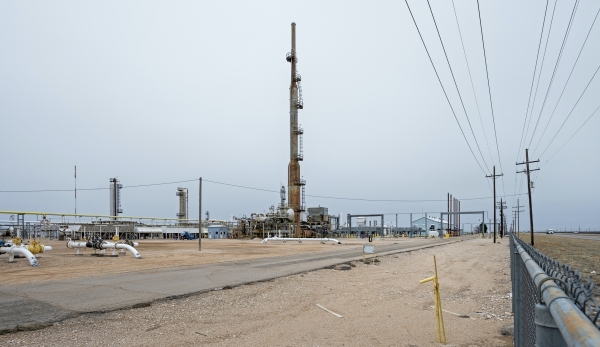A central difficulty in controlling greenhouse gas emissions to slow down climate change is finding them in the first place.
Such is the case with methane, a colorless, odorless gas that is the second most abundant greenhouse gas in the atmosphere today, after carbon dioxide. Although it has a shorter life than carbon dioxide, according to the U.S. Environmental Protection Agency, it’s more than 25 times as potent as CO2 at trapping heat, and is estimated to trap 80 times more heat in the atmosphere than CO2 over 20 years.
For that reason, curbing methane has become a priority, said UC Santa Barbara researcher Satish Kumar, a doctoral student in the Vision Research Lab of computer scientist B.S. Manjunath.
“Recently, at the 2022 International Climate Summit, methane was actually the highlight because everybody is struggling with it,” he said.
Even with reporting requirements in the U.S., methane’s invisibility means that its emissions are likely going underreported. In some cases the discrepancies are vast, such as with the Permian Basin, an 86,000-square-mile oil and natural gas extraction field located in Texas and New Mexico that hosts tens of thousands of wells. Independent methane monitoring of the area has revealed that the site emits eight to 10 times more methane than reported by the field’s operators.
Read more at University of California, Santa Barbara
Image Credit: Sonia Fernandez via University of California, Santa Barbara


